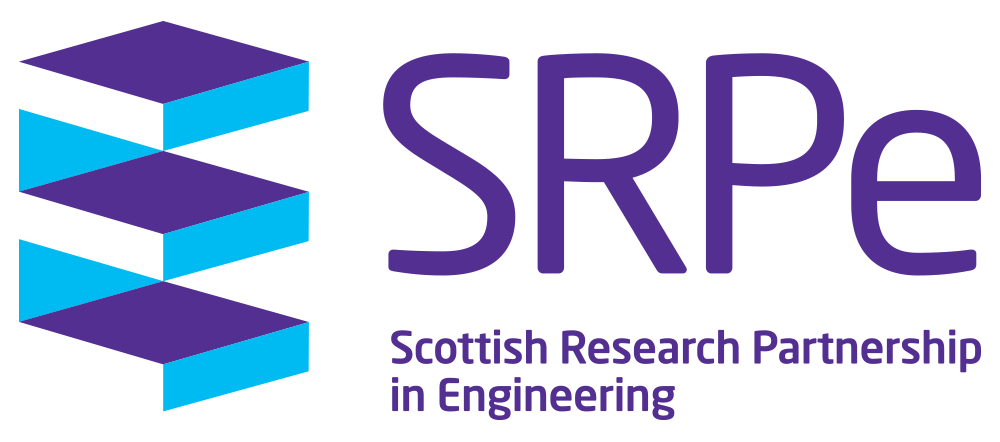Understanding key processes underpinning the application of Microbially induced calcite precipitation in oil-contaminated ground
PECRE Award Holder: Fabian Steinacher, University of Strathclyde
Exchange Host: Precourt Institute for Energy, Stanford University
Researchers at the University of Strathclyde have been investigating Microbially Induced Calcite Precipitation (MICP) for rock fracture grouting, soil stabilisation and stone and concrete repair over the last 10 years. The low viscosity of the treatment fluids and the small particle size (governed by the size of the bacteria) means that MICP can be injected without the need for high injection pressures and can penetrate into tighter grained formations than traditional Ordinary Portland Cements. Furthermore, it has a lower carbon footprint.
For deployment of the technology in oil contaminated ground, we need to understand how the presence of oil may influence the process. Experiments at Strathclyde have shown that S. Pasteurii (bacteria) secrete a biosurfactant, that leads to the breakdown of the interface of the two immiscible liquids (i.e. water-based MICP fluids and oil) due to the reduction of surface tension. This biosurfactant could therefore enhance the effectiveness of MICP in oil-contaminated media, by allowing the MICP treatment fluids injected to access more of the pore network.
This SRPe supported secondment at Stanford University will investigate the influence of the biosurfactant on fluid pathways in sandstone cores using Positron Emission Tomography. This research is of particular relevance for the creation of hydraulic barriers during plugging and abandonment of old oil and gas assets.
